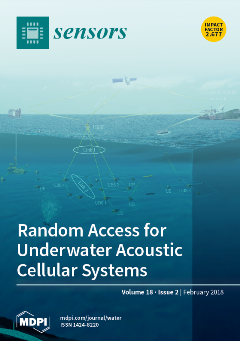1
Institute of New Imaging Technologies, Universitat Jaume I, 12071 Castelló, Spain
2
Centre for Automation and Robotics (CAR), CSIC-UPM, 28500 Arganda del Rey, Spain
3
Algoritmi Research Centre, University of Minho, 4800-058 Guimarães, Portugal
4
AraraDS, Monseñor Sótero Sanz 161, 8340457 Santiago, Chile
5
Department of Electrical Engineering, Yuan Ze University, Zhongli 32003, Taiwan
6
Faculty for Geomatics, Computer Science and Mathematics, HFT Stuttgart—University of Applied Sciences, 70174 Stuttgart, Germany
7
Estudis d’Informàtica, Multimèdia i Telecomunicació, Universitat Oberta de Catalunya, Rambla del Poblenou 156, 08018 Barcelona, Spain
8
Internet Interdisciplinary Institute IN3, Av. Carl Friedrich Gauss 5, 08860 Castelldefels, Barcelona, Spain
9
Centro de Computação Gráfica (CCG), 4800-058 Guimarães, Portugal
10
Department of Electrical Engineering, National Ilan University, Yilan 26047, Taiwan
11
Research Center for Information Technology Innovation, Academia Sinica, Taipei 11529, Taiwan
†
These authors contributed equally to this work.
add
Show full affiliation list
remove
Hide full affiliation list






